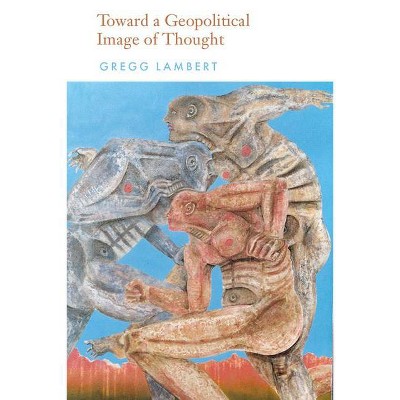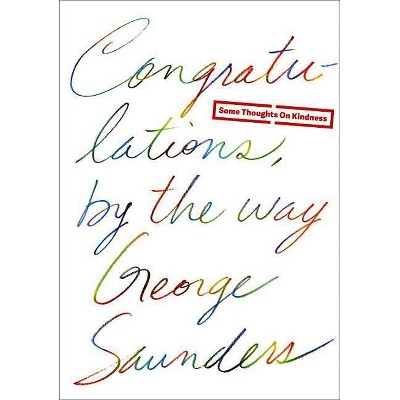The Visibility of the Image - by Lambert Wiesing (Paperback)

Similar Products
Products of same category from the store
AllProduct info
<p/><br></br><p><b> Book Synopsis </b></p></br></br>Now available in English for the first time, <i>The Visibility of the Image</i> explores the development of an influential aesthetic tradition through the work of six figures. Analysing their contribution to the progress of formal aesthetics, from its origins in Germany in the 1880s to semiotic interpretations in America a century later, the six chapters cover: <br/><br/><b>Robert Zimmermann</b> (1824-1898), the first to separate aesthetics and metaphysics and approach aesthetics along the lines of formal logic, providing a purely syntactic way of using signs, regardless of objective content;<br/><b>Alois Riegl</b> (1858-1905), who went on to further develop aesthetics on the model of formal logic, creating a theory of style in response to Zimmermann's call for an aesthetics oriented toward formal logic; <br/><b>Heinrich Wölfflin</b> (1864-1945), who represents a step toward an understanding of consciousness by using pictures as cognitive tools; <br/><b>Konrad Fiedler </b>(1841-1895), the Saxon philosopher who considered the possibility that some kinds of images are made and viewed not for what they show, but for their visibility's sake alone;<br/><b>Maurice Merleau-Ponty </b>(1908-1961), responsible for taking up the connections between the problems of reducing the range of potential meanings and contexts of a given image down to just the picture surface; <br/><b>Charles William Morris</b> (1901-1979), who set out to establish whether a picture with no objective reference, such as an abstract painting, still counts as a sign, and if so, in what sense. <br/><br/>Bringing these thinkers together and interlinking their ideas, Lambert Wiesing presents an engaging history of formal aesthetics, while reconstructing the philosophical foundations for the appearance of new image forms in the 20th century, including the video-clip, abstract collage, digital simulation and virtual reality. Using this original approach, <i>The Visibility of the Image</i> introduces the rise of modern image theory and provides a valuable account of our engagement with pictures in the 21st century.<p/><br></br><p><b> Review Quotes </b></p></br></br><br>A must read for anyone interested in the philosophical questions arising from pictorial representation.<br/>Dominic Gregory, Senior Lecturer in Philosophy, University of Sheffield, UK<br><br>Lambert Wiesing's The Visibility of the Image is the most important book on the history of art history I know. It gives six case studies of six art historians: Zimmermann, Riegl, Wölfflin, Fiedler, Merleau-Ponty and Morris, in search of the roots of a certain version of broadly formalist vision of art history and an account of our engagement with pictures. A must-read for anyone interested in any of these six authors but also for anyone interested in (vaguely formalist) art history and our engagement with pictures.<br/>Bence Nanay, Professor of Philosophy and BOF Research Professor Centre for Philosophical Psychology, University of Antwerp (Belgium), and Senior Research Associate Peterhouse, University of Cambridge, UK<br><br>Wiesing's landmark study reveals the deep historical roots of contemporary debates in image theory while at the same time opening up new philosophical resources. The reader is granted access to a distinctive tradition of enquiry that erroneously enriches our understanding of image perception.<br/>Jason Gaiger, Associate Professor of Contemporary Art History and Theory, University of Oxford, UK<br><p/><br></br><p><b> About the Author </b></p></br></br><p><b>Lambert Wiesing</b>, a prominent figure in image theory, is Professor of Philosophy at Jena University, Germany. He was President of the German Society for Aesthetics between 2005 and 2008. He was a Leverhulme Trust Visiting Professor at the University of Oxford, UK in 2013. <p/>Translator<br><b>Nancy Roth</b> is an independent writer and translator based in the UK.</p>
Price History
Price Archive shows prices from various stores, lets you see history and find the cheapest. There is no actual sale on the website. For all support, inquiry and suggestion messagescommunication@pricearchive.us




















